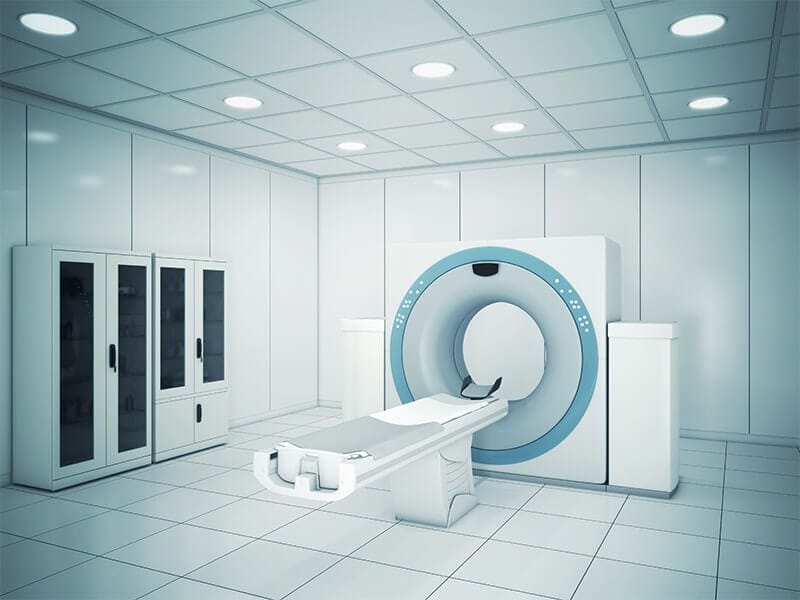
Handheld Helium Sniffer for Effective Use within a High Magnetic Field during MRI Scanner Maintenance
6th August 2020
The GasCheck leak detector has been around for as long as ION Science has been in business. At its heart is micro thermal conductivity sensor has been specifically designed to measure and display the smallest of leaks from helium vessels, whilst being truly portable.
The GasCheck Tesla is an advancement of this proven technology that has been specially designed to be used on Magnetic Resonance Imaging (MRI) machines whilst in operation. Previously this has only been effectively achieved using expensive mass spectrometers located outside the magnetic field using long leak testing probes. The GasCheck Tesla now changes the rules.
Healthcare has advanced tremendously since the invention of the MRI scanner. We all know someone that has had an MRI scan, so it is not surprising that there are now estimated to be 50,000 scanners worldwide. The majority of these systems use Low-Temperature Superconductive (LTS) magnets which create a magnetic field, which when used in conjunction with powerful computers creates crystal clear images for doctors and technicians to interpret what is going on in major organs, blood vessels, and bones.
These truly magical machines use LTS magnets which are made of coils of wire which whilst a current of electricity is passed through, are bathed in liquid nitrogen. The temperature of these coils is at minus 269 °C (-452 °F) where the resistance of the wire is almost zero so the power to run the system makes the MRI viable. An MRI scanner cost millions of dollars/pounds with a large portion of this from the LTS magnets and helium system alone.
On top of the expense of purchase is the running cost for the liquid helium which amounts to in excess of ten thousand dollars/pounds per year, so every effort needs to be made to reduce expensive downtime particularly due to helium leakage.

During installation, scheduled maintenance or dreaded break downs of the scanner all systems are checked for leak integrity including the auxiliary gas refrigeration system. The helium storage vessel has a pressure controlled vent valve that can be a major source of leakage. Sophisticated monitoring systems are in place which advise the users if an unscheduled leak test is required.
With the GasCheck Tesla a single engineer is able to one handed easily and effectively check for any small helium leakage from weld joints, seals and the vent/ fill valves. The engineer will also be able to check all flex lines attached to the cold head assembly to the recirculating refrigeration unit.
The typical test procedure is to check the lowest point first ending at the highest point as leaking helium rises as it escapes. The GasCheck probe is designed to get in the smallest of places and combined with very small internal flow rate means maximum sensitivity is achieved at all times.
Typically the engineer moves the GasCheck probe along a joint or weld seam at few centimetres per second enabling him to very quickly test all the MRI possible leak paths.
The GasCheck Tesla is very sensitive handheld helium sniffer that has the ability to operate in the high magnetic fields found in an MRI scanner. Leaks can be found quickly reducing downtime to a minimum and thus maximising the MRI’s operation time. By finding the smallest of leaks quickly the GasCheck handheld helium sniffer will reduce the amount of expensive helium vented to atmosphere reducing both cost of wastage and the resulting down time.
For more information on ION Science instruments, please contact us at:
or by telephone: +1 (877) 864-7710
Application Article
Everything You Need to Know about How The Handheld Helium Sniffer is used for Effective use within a High Magnetic Field during MRI Scanner Maintenance
Our Application Articles are available to download below, they provide you with key information on the exposure limits and the locations of where potentially harmful gases can occur within your application and share information on the gas detection monitoring techniques and equipment that can help you manage gas detection in the workplace.













